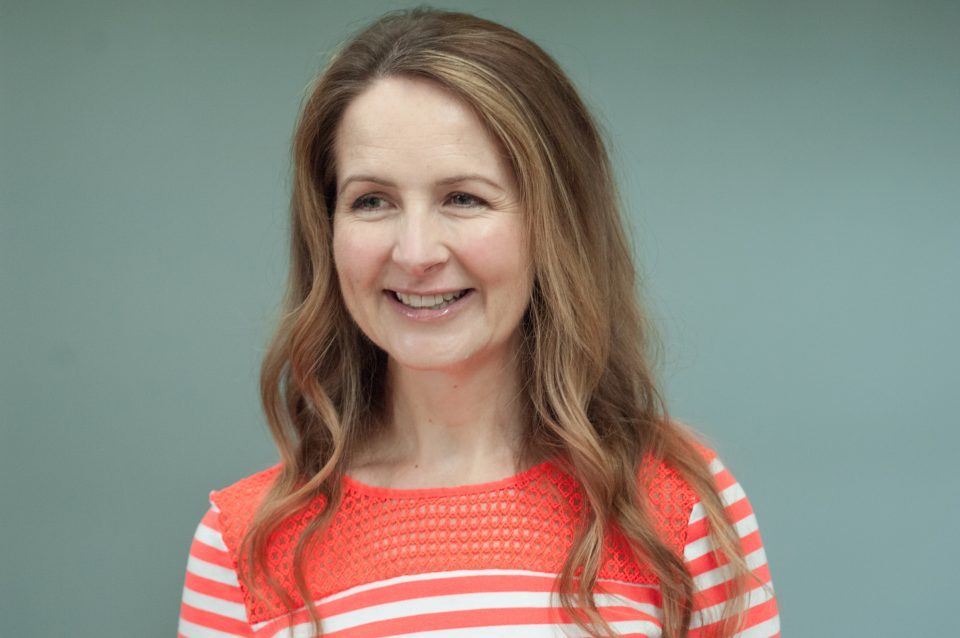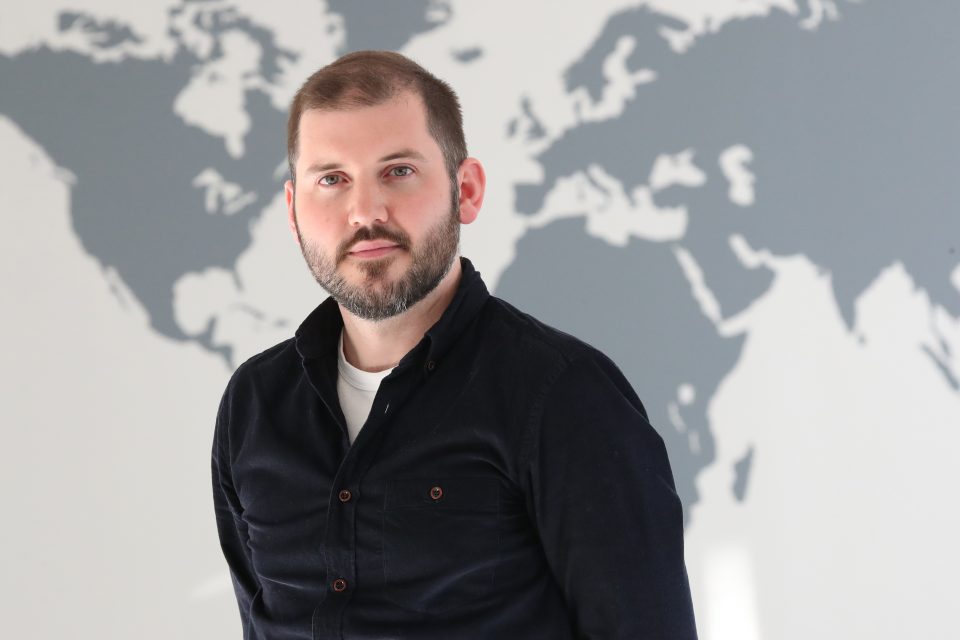The EIS-y hall of fame: Four companies that wouldn’t have existed without the Enterprise Investment Scheme

While EIS and SEIS offer meaningful tax advantages to investors, it’s important to remember that their main function is to help kickstart new businesses and ventures.
As the independent trade body for the EIS and SEIS industry, our core aim at the EIS Association is to help small and medium-sized enterprises obtain the funding that they need to grow, which also helps drive our economy forward.
Many companies currently operating greatly benefited from EIS and SEIS. To underline this success, we have highlighted four leading figures who believe that, without these schemes, they simply wouldn’t be in business today.

The kids are alright
Koru Kids is a highly curated marketplace for childcare, pairing parents with carefully selected nannies, and offering an efficient end-to-end service which allows customers to locate and manage their childcare in one central location.
Founder and chief executive Rachel Carrell tells us that she started Koru Kids after she had a baby, and quickly realised “just how difficult it was to find great childcare”.
“The absence of great childcare had a profound effect on a lot of my friends”, she explains. “They were making life decisions on that basis — moving out of London when they didn’t want to, or not being able to go back to careers when they did want to, because the financials didn’t work out. Some even avoided having another child because of it, which is a huge decision.”
Koru Kids aims to “reinvent the whole childcare product from scratch” says Carrell, answering the question of what childcare would look like if it “was based on tech and data, using modern principles of product driven startups”.
“EIS and SEIS were very useful for raising initial funding, and extremely helpful for the UK system in general,” Carrell adds.
“It really does de-risk investing in things right at the very start — I got some really excellent angel investors with our first £150,000. That allowed me to get some fantastic momentum going, and from there we were away.”

Pocket money
Money Dashboard is a free personal finance app that aims to “shake up retail banking,” according to chief executive Steve Tigar. Users can setup a secure account on the website or via the app, connect their bank accounts, and get a single view of their financial life, with the ability to categorise and organise their financial data.
The business was founded in 2006 by fintech entrepreneur Gavin Littlejohn, as a response to squeezed household budgets, Tigar tells me.
“EIS funding has been critical,” he adds. “EIS relief is now table stakes for early-stage financing — the advantages are well known to investors, and while without it the best propositions would still gain investment, it’s invaluable for encouraging more products into the market and for investors to invest more and in more businesses”.
Tigar says that the cornerstone of Money Dashboard’s investment has been from Calculus Capital, but that the company also ran a Crowdcube crowdfunding campaign, gaining around 1,500 investors for whom fintech was a new type of investment.

Food for thought
Gousto is a subscription service which sends customers meal kits containing fresh raw ingredients and instructions on how to create a meal with them. It promises to “deliver precise ingredients (no food waste or nasties) and delicious recipes to your door”.
“Gousto has always been centred on ultimately winning the meal-kit market,” explains Barnaby Benedict, Gousto’s investment manager.
“And to do that, the emphasis must be on materially improving the customer proposition.”
Gousto has now been operating for almost eight years, and Benedict notes that in the early stages, seed investment was key, but that it “quickly became more structured” through organised fundrasing rounds with investors such as MMC Ventures, Business Growth Fund Ventures, Unilever Ventures, Perwyn and Hargreave Hale.
“We’ve used our allowance for EIS in full,” Benedict tells me.
“The tax benefits for UK investors using EIS ultimately increases the supply of growth capital available to thriving small businesses. It plays a key role in that respect.
“We’re too big for it now — we’ve considerably outgrown it and that’s fine, that’s exactly what it’s for; facilitating the growth of small to medium-sized businesses. But it has definitely been important in our first few years.”

Sowing the seeds of growth
Cicero Group is a multi-sector integrated corporate communications agency, offering a range of digital, social and campaign communications, as well as market research services and more.
Founded as a public affairs company in 2000, the firm has been “within the EIS wrapper” since its launch, according to Cicero’s executive director and founder Mark Twigg. He adds that the business “has benefited from EIS right from the very start”.
“We’re also a bit different because we’re an LGBT-led business,” Twigg tells me, “which means that we probably have a much stronger voice on diversity issues.
“We do a lot of work around LGBT awareness, mental health issues, women in business, and we’re quite happy to talk on platforms within the industry about these topics, to inform discussions around them not just within the comms world but in the wider financial sector.”
So how did EIS help Twigg’s company to grow?
“If we hadn’t had seed money, there would be no Cicero,” Twigg says. “There’s no way to disaggregate ourselves from the money raised from our EIS investors. It’s an integral part of how we’ve built our business.
“We were losing money for the first two years, but the tax benefits of EIS very clearly helped us to raise money. It meant that we had money in the bank from day one, helping us to move to the eventual break-even point.”
From here, Twigg foresees more investment going back into the EIS system from those investors who exit Cicero.
“We’ll be looking for friends launching EIS businesses,” he adds. “For many of us, other EIS businesses will be a natural home for our investments. Hopefully it will work as well for them as it’s worked for us”.
Main image credit: Getty